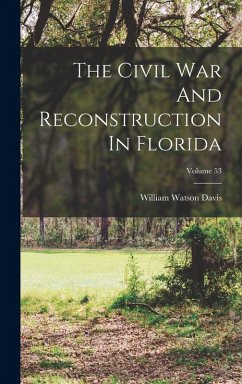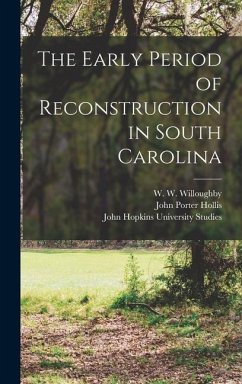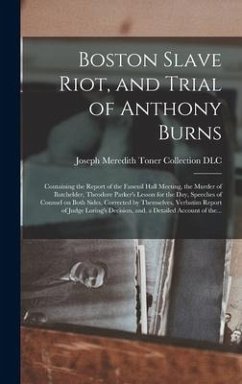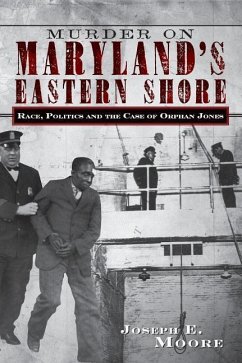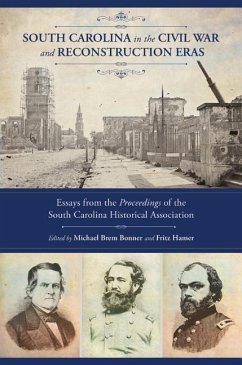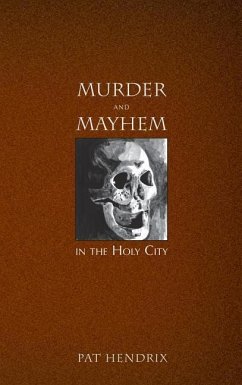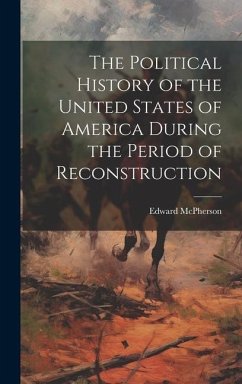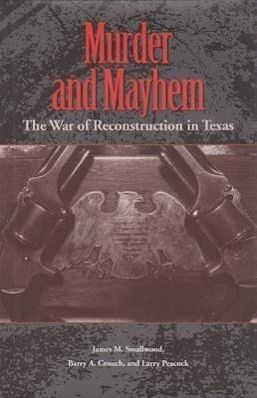
Murder and Mayhem: The War of Reconstruction in Texas
Versandkostenfrei!
Versandfertig in über 4 Wochen
19,99 €
inkl. MwSt.

PAYBACK Punkte
10 °P sammeln!
In the states of the former Confederacy, Reconstruction amounted to a second Civil War, one that white Southerners were determined to win. An important chapter in that undeclared conflict played out in northeast Texas, in the Corners region where Grayson, Fannin, Hunt, and Collin Countries converged. Part of that violence came to be called the Lee-Peacock Feud, a struggle in which Unionists led by Lewis Peacock and former Confederates led by Bob Lee sought to even old scores, as well as to set the terms of the new South, especially regarding the status of freed slaves. For Bob Lee, a Confedera...
In the states of the former Confederacy, Reconstruction amounted to a second Civil War, one that white Southerners were determined to win. An important chapter in that undeclared conflict played out in northeast Texas, in the Corners region where Grayson, Fannin, Hunt, and Collin Countries converged. Part of that violence came to be called the Lee-Peacock Feud, a struggle in which Unionists led by Lewis Peacock and former Confederates led by Bob Lee sought to even old scores, as well as to set the terms of the new South, especially regarding the status of freed slaves. For Bob Lee, a Confederate veteran, the new phase of the war began when he refused to release his slaves. When Federal officials came to his farm in July to enforce emancipation, he fought back and finally fled as a fugitive. In the relatively short time left to his life, he claimed personally to have killed at least forty people. Peacock, a dedicated leader of the Unionist efforts, became his chief foe. Both men eventually died at the hands of the other's supporters. From previously untapped sources in the National Archives, the authors have tracked down the details of the Corners violence, adding to the reinterpretation of Reconstruction history and rescuing from myth events that shaped the following century of Southern politics.



